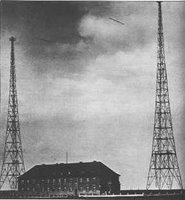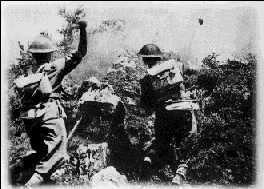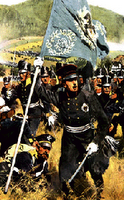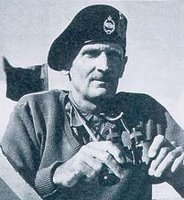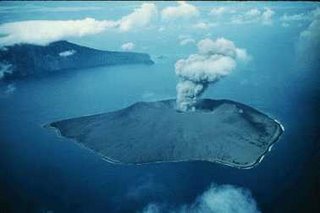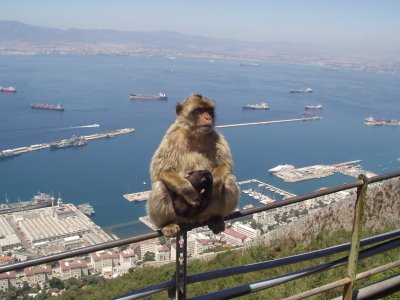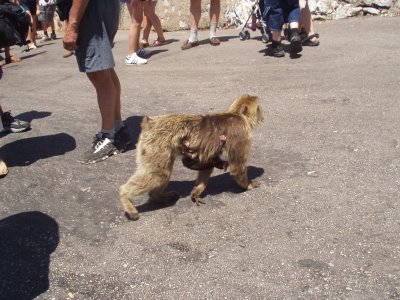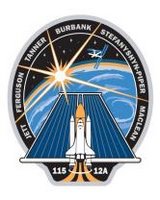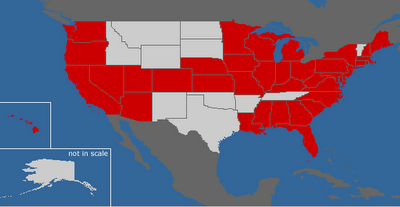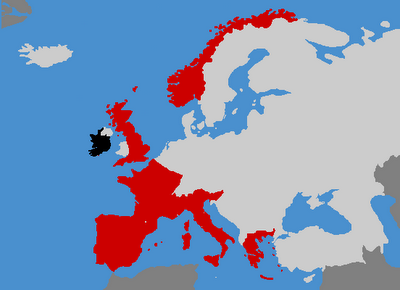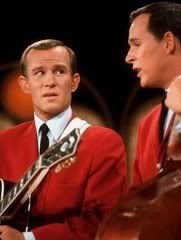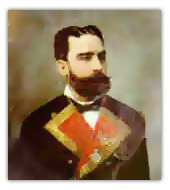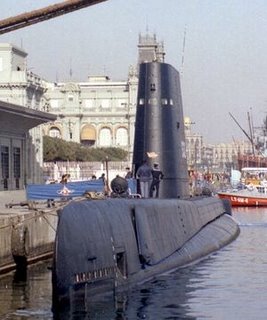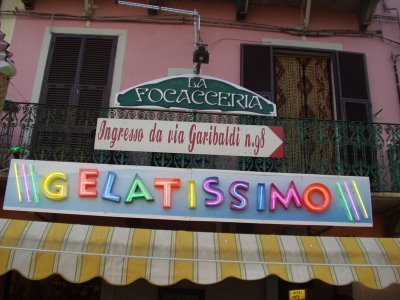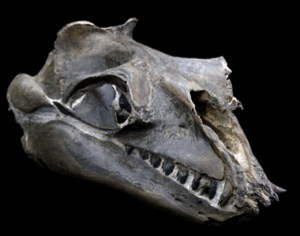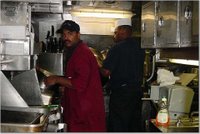As I implied in my last post, submariners normally stand four-hour watches in port. The only real exception that comes to mind off-hand was on my last boat, where I gave my POODs two-hour watches on cold winter nights.
At sea, however, we do six-hour watches. (No dog watches - those are a skimmer abomination.) Most people are in three-section rotation, meaning six hours on watch and twelve off, but a few lucky people are in four-section rotation and there are usually a few poor sods who are port and starboard (ie, two-section rotation). There are exceptions, of course; the CO, for instance, usually keeps "daytime" hours, as defined by ship's clocks, and sleeps from around midnight until around breakfast. Ditto the XO, who may be keeping the same hours as the skipper or may be on the opposite shift. The leading YN and the corpsman don't normally stand watches, being also on a day/night schedule. (We did have one HMC on my last boat who not only qualified, but regularly stood, COW; the requirement was that another qualified COW had to be available to relieve him quickly if he should be required for his normal duties.)
I've been in all categories at one time or another, including (more or less) the last. We were supposed to be home from my second WestPac a week before Xmas, but due to a stubborn valve that didn't seem to want to be repaired*, we ended up leaving Guam on 24 December. A lot of people had submitted leave chits for the holiday period, of course, on the assumption that we would be home. So the CO told the department heads to have a look at manning and watchstanding requirements, and approve leave for those individuals who could be spared and who wanted to fly home.
We had seven RMs at the time. Both of the junior Seconds departed on leave. The two Thirds were driving the boat, the First was standing COW, and my two-bit senior chief was standing DOOW. That left me as the one and only RMOW for the transit from Guam to Hawai`i.
Due to the time of year, of course, everyone wanted to get home ASAP. Basically, we were going deep and fast, coming up just long enough to copy a broadcast once a day and then going deep as soon as we were sure all traffic was on board. So I would go up to Radio, catch the downlink, print out the new messages, and put them on the boards. I'd route the boards to the CO, XO, Nav, Commo, and RMCS, then drop the boards on the wardroom table for everyone else to read later. Then I'd go up to Radio and catch up on my logs, ending with "xxxxZ SECURED THE RMOW." And finally, I'd go out to Control and report to the COW: "Secured the RMOW. I'm going to bed - wake me up an hour before the next PD."
Most sleep I've ever gotten during an underway.
I caught another good deal during my first deployment on my last boat. We had four RMOWs, and three of us were doing the standard three-section rotation. The fourth guy took the 1800-2400 watch each day (after spending most of the day back in the engine room, making it look pretty for ORSE), while we others rotated through him. This meant that he was doing six hours on watch and eighteen hours off, while the rest of us were doing six on, twelve off, six on, twelve off, six on, thirty off. And I got lucky: My thirty-hour off watch included Sunday, the day when we had no training, drills, or other all-hands evolutions.
(This sort of thing was called the "evening cowboy." That boat was rather fond of cowboy watches, especially for senior watches - DOOW, EWS, ERS, &c - though it was more usual to have a "midnight cowboy" on the 0001-0600.)
At the other end of the scale, I've done plenty of port-and-starboard watches, including six-and-six, nine-and-nine, and twelve-and-twelve; the longest watches are the best. (Why? Because they provide for the longest off-watch periods, of course.) In fact, I spent most of my last two deployments doing port and starboard, twelve and twelve.
For some reason, another RM and I ended up doing port and starboard during one underway on my first boat. We started out doing twelves, but the schedule started slipping, for one reason or another, and pretty soon we were doing what I called Pentecostal watches - relieving "when the Spirit moved." Which led to the longest watch I've ever stood. When Sauce came up to the shack to relieve me one day, I was in the middle of doing something, with paperwork spread from one end of the shack to the other. "I'm busy now - come back in a few hours, will you?" He obligingly departed and came back, to find that I had finished my first project and started another, so that I now had a different set of paperwork spread from one end of the shack to the other. "I'm busy now - come back in a few hours, will you?" So he left again. When he returned, I was ready to be relieved, but then I glanced at the clock and realised that I had been on watch for just shy of 23.5 hours. "Uh - can you come back in about forty minutes?" He gave me a puzzled look, but left, and came back at the requested time. And thus I stood my one (and fortunately only) 24-hour watch at sea.
* The valve was leaking by when we pulled in, so the nice people on the tender fixed it for us. After they finished fixing it, it was leaking by worse than it was before they started work. So they fixed it again. This brought it back up to about the same level as when we first arrived in port, so they fixed it again. And then, IIRC, they fixed it two or three more times.... (This was one of only two, out of a total of six, deployments when I returned to home port late. We were thirteen days late on this occasion, and three weeks late on the '01 deployment.)
 Glenn Ford died yesterday in Beverly Hills, at the age of 90, according to this article from The Herald.
Glenn Ford died yesterday in Beverly Hills, at the age of 90, according to this article from The Herald.